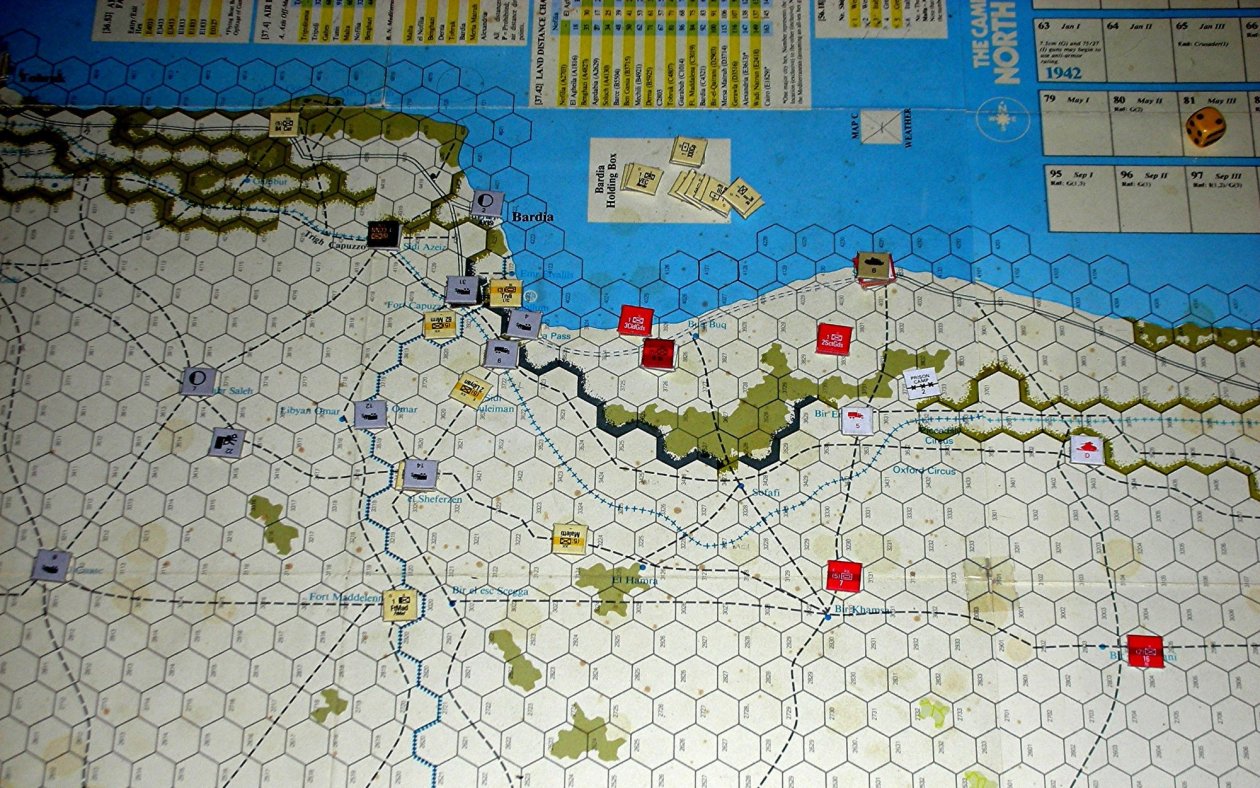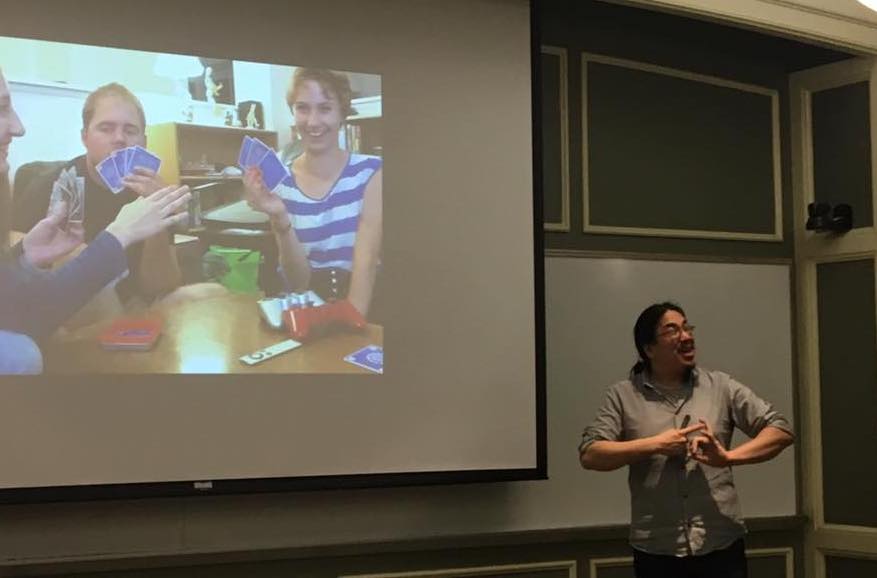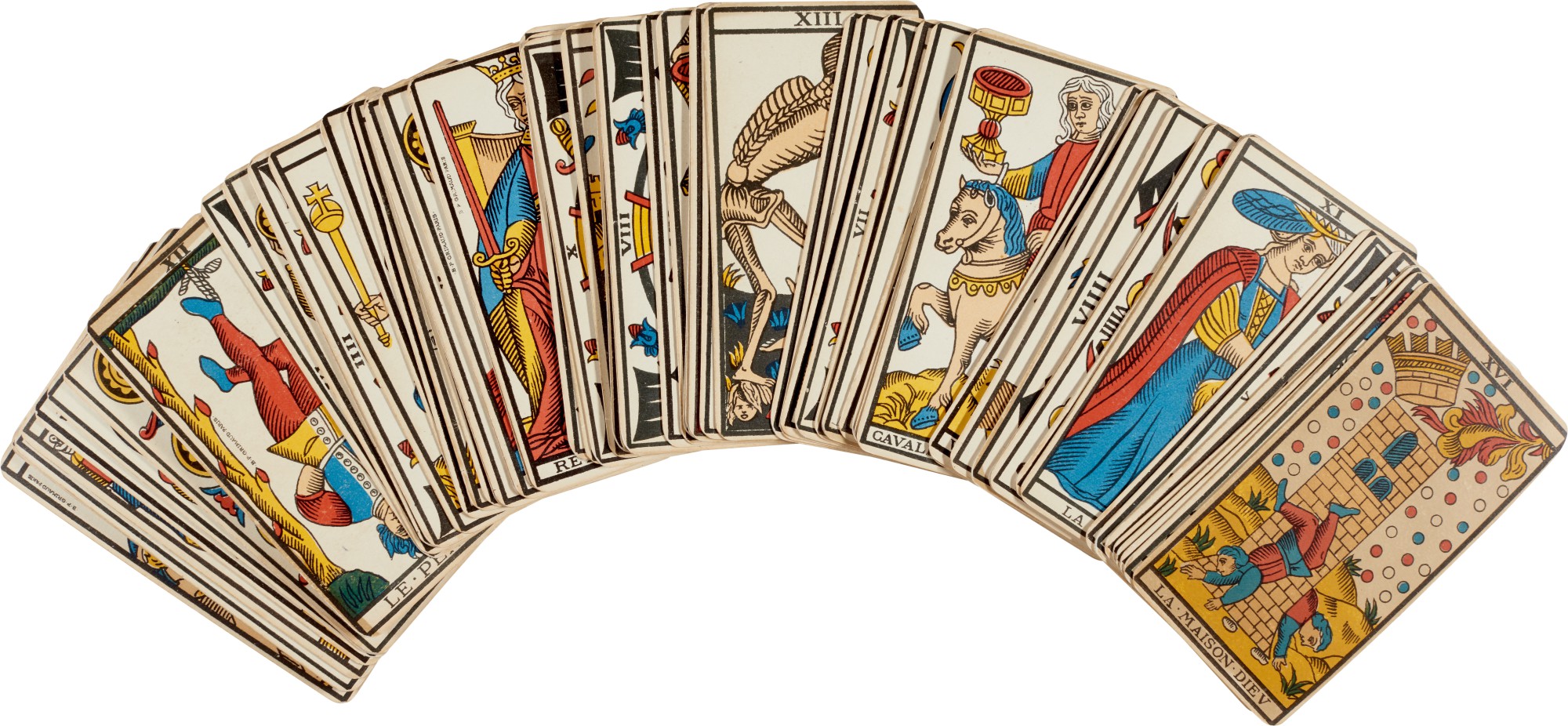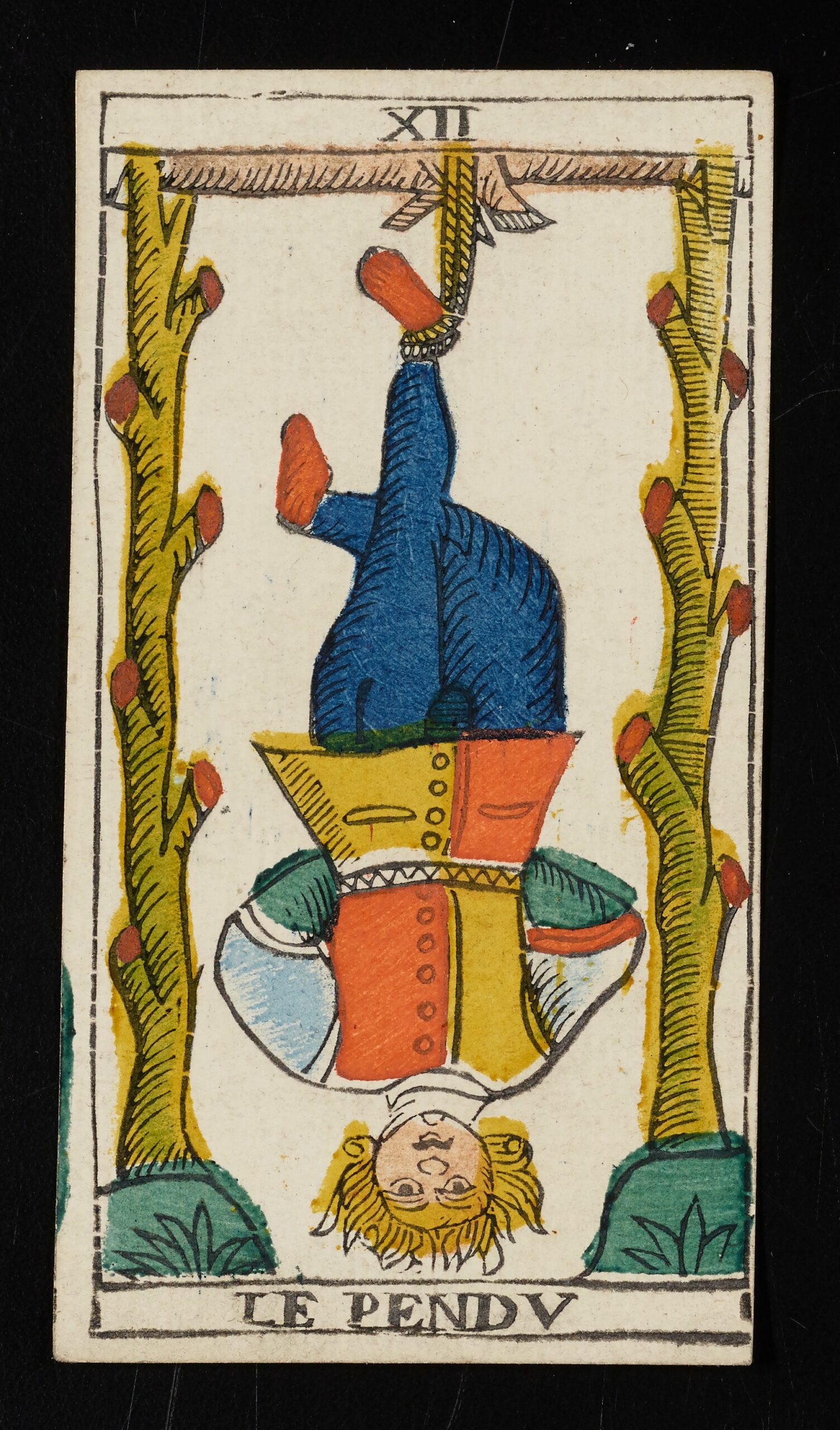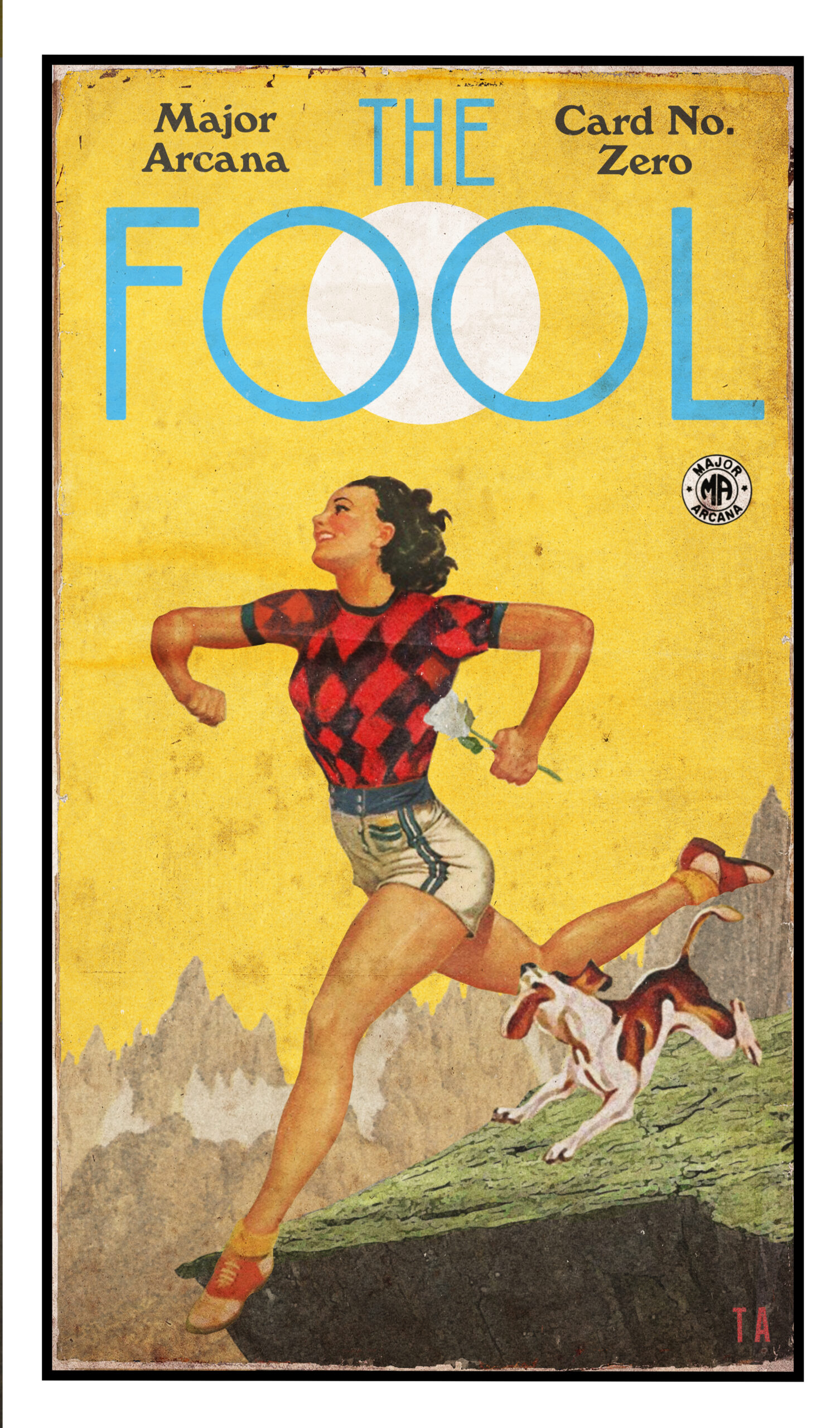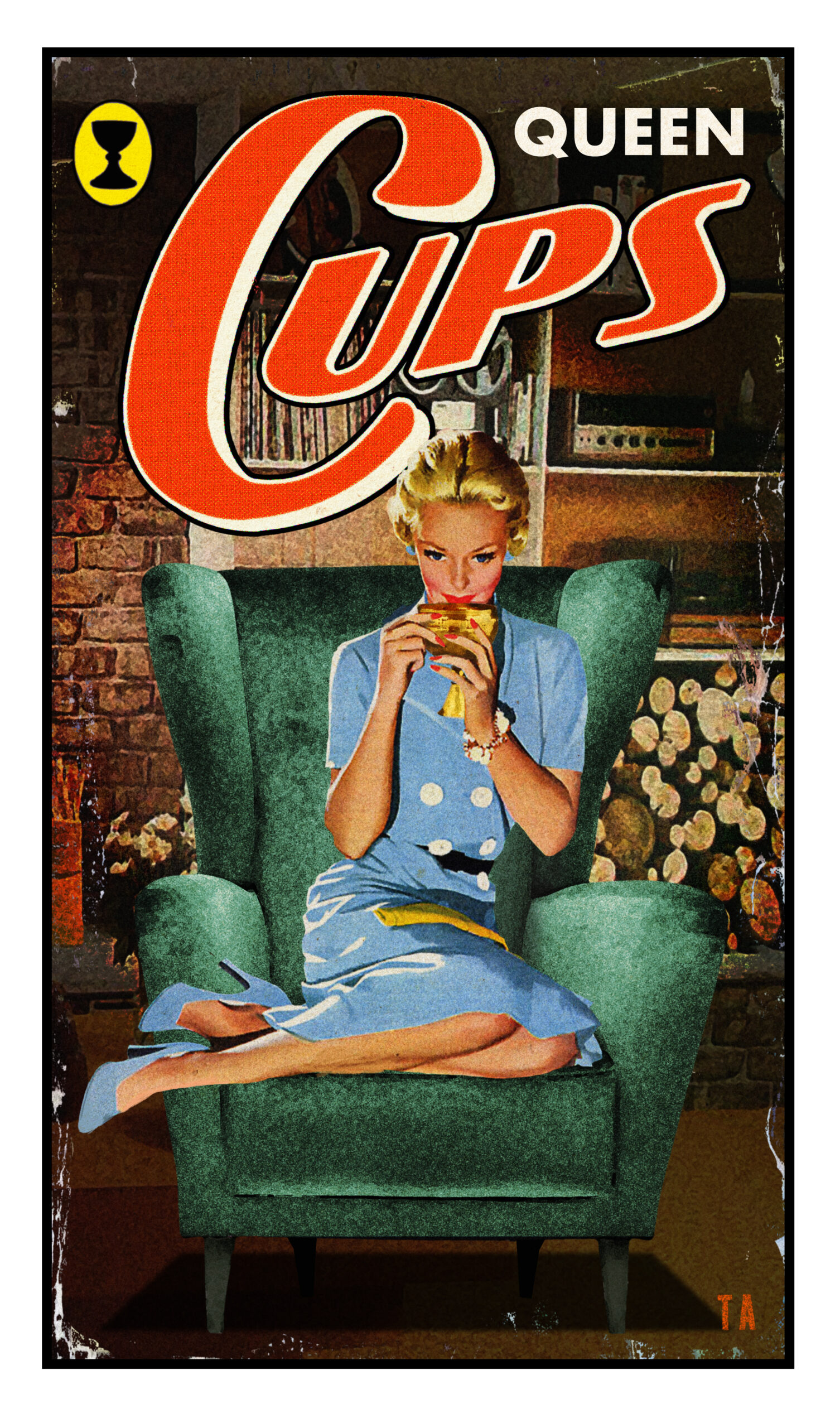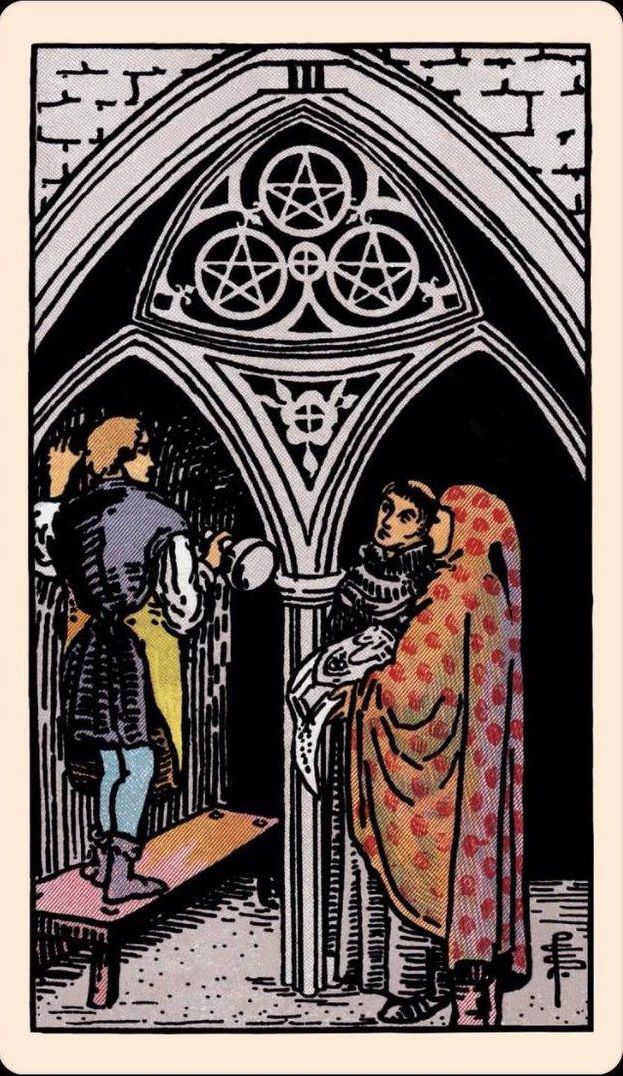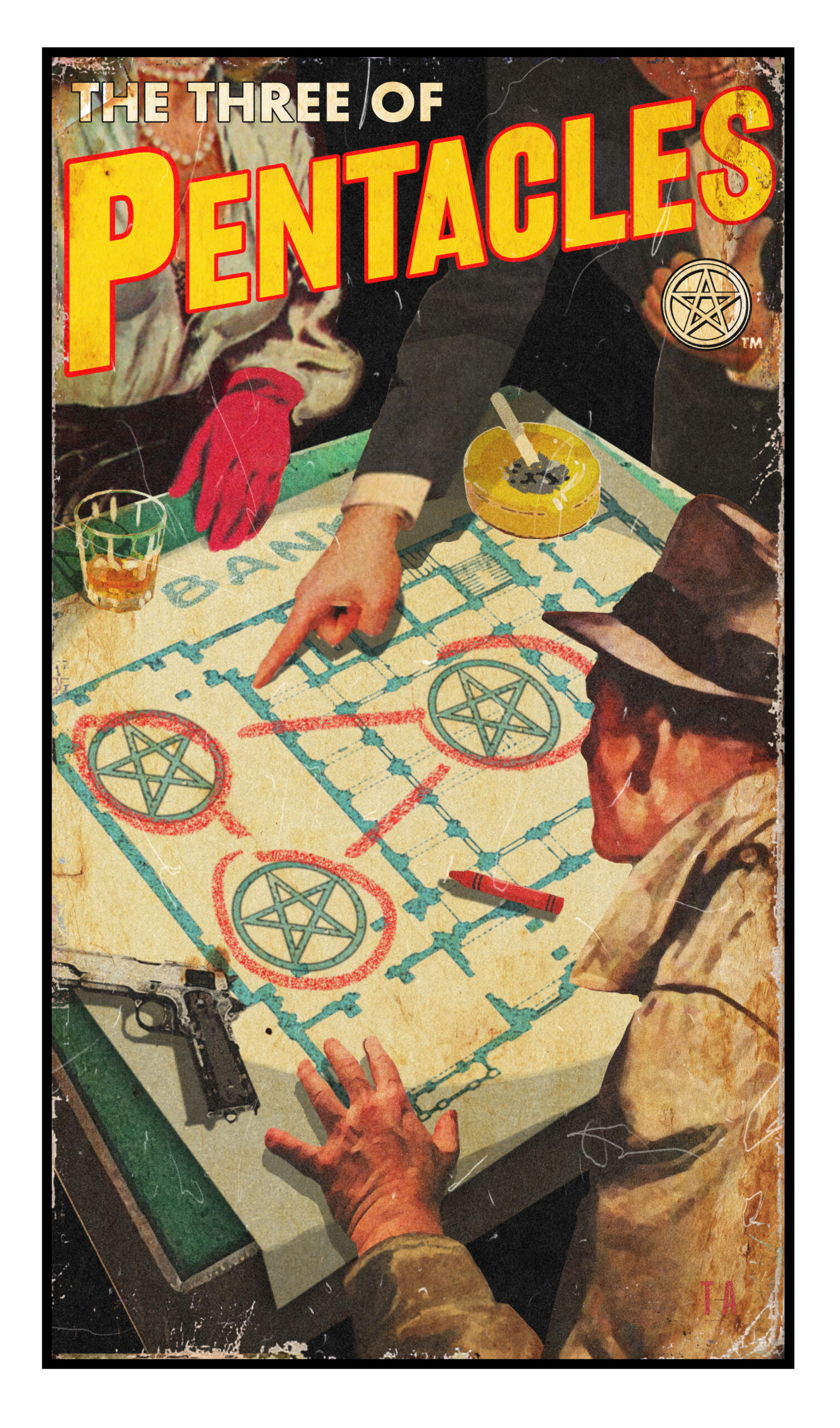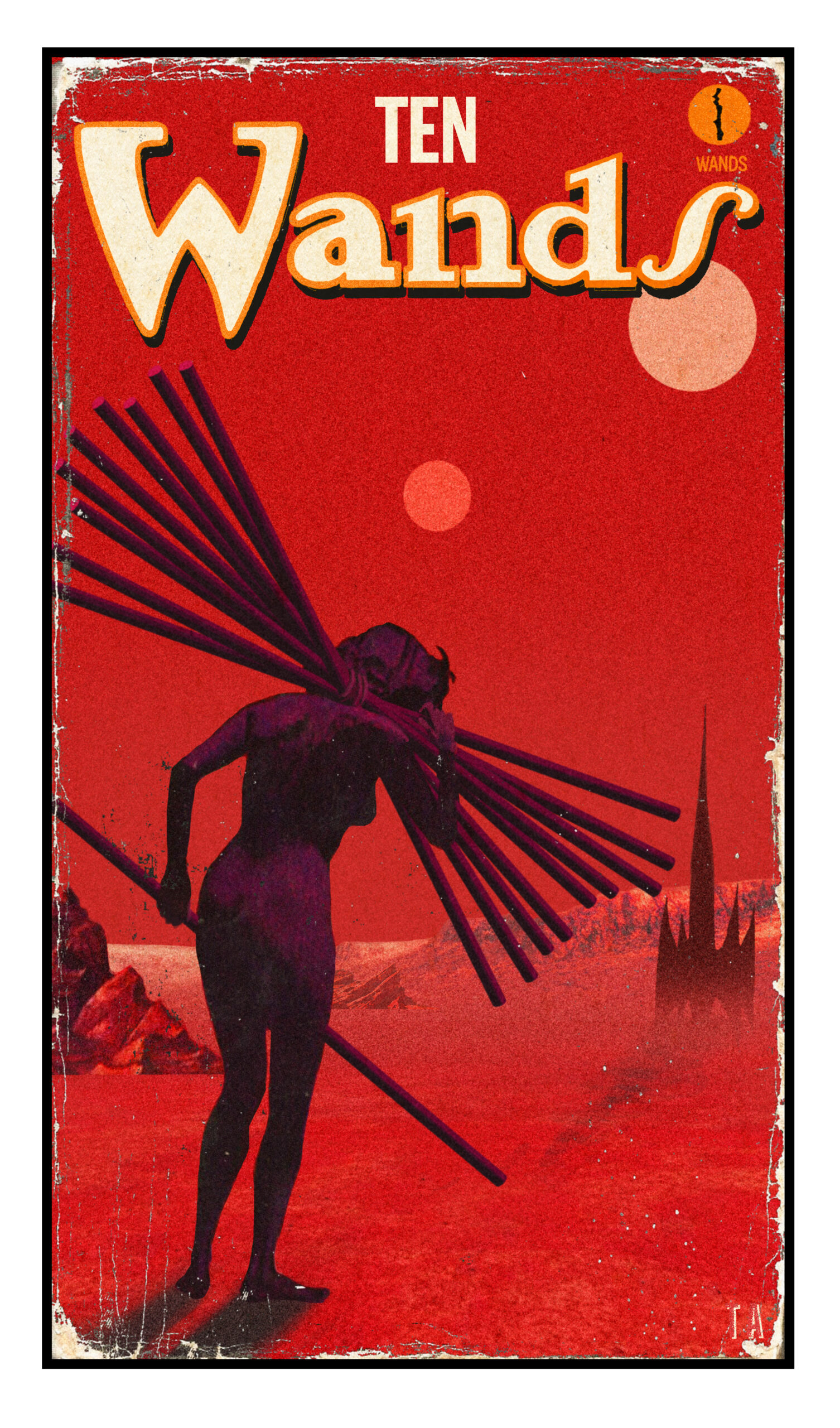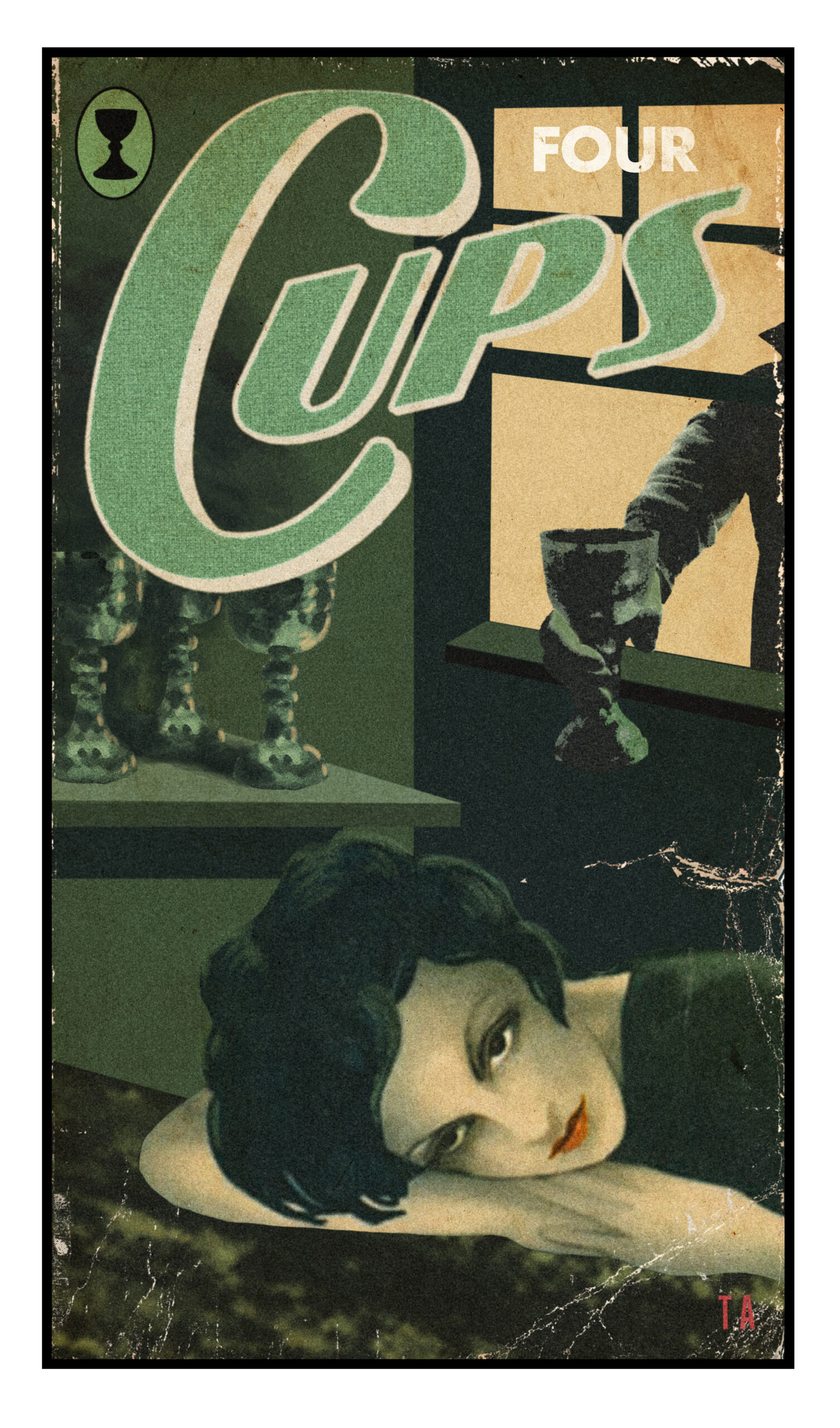“The starship Titanic was a monstrously pretty sight as it lay beached like a silver Arcturan Megavoidwhale among the laserlit tracery of its construction gantries”–writes Douglas Adams in The Life, The Universe and Everything, the third novel in the Hitchhiker’s Guide trilogy–“a brilliant cloud of pins and needles of light against the deep interstellar blackness; but when launched, it did not even manage to complete its very first radio message —an SOS—before undergoing a sudden and gratuitous total existence failure.”
This paragraph is a tiny humorous flourish in a series of novels filled with hundreds of them, but for some reason—possibly its relationship to the original doomed luxury liner–the Starship Titanic would go on to have an amazingly detailed second life as a video game. And while a paperback copy of any of Adams’ work is readily available, it can take some hunting to find a workable version of the game.
Douglas Adams designed the game himself, starting in 1996. A decade earlier, he had helped design the text-based adventure game adaptation of Hitchhiker’s Guide, and had expressed a desire to do more work in the video game field, after playing Myst and its sequel Riven. However, he said, “nothing really happens, and nobody is there. I thought, let’s do something similar but populate the environment with characters you can interact with.”
Co-founding the multi-media company Digital Village, Adams wrote the game’s script, set aboard the failing Titanic. The big difference, compared to Myst, is that the character can interact with characters on board, many of them butler-like robots. And instead of typing in commands, players could speak to the characters in real time using a natural language parsing engine called Spookitalk, utilizing over 10,000 lines/16 hours of dialog. Like its puzzle-game influences, it was maddening to play.
But also fun, as Monty Python’s Terry Jones and John Cleese both turn up among the voice actors, the former as a parrot, the latter as a doomsday bomb.
An article in Kotaku from 2015 mentions a tie-in novel that Adams was to write himself, after first assigning co-writers Neil Richards, Debbie Barham, and Michael Bywater to the task. But then:
Living up to his reputation for seemingly infinite tardiness, Adams admitted just three weeks before the book’s deadline that he hadn’t written a thing, and in the end the novel Douglas Adams’s Starship Titanic was written in a furious cascade of words by none other than Terry Jones (who claimed that he wrote the whole thing in the nude).
Even more interesting, Yoz Grahame, Digital Village’s web developer had been put in charge of creating the game’s promotional web presence. Buried deep down in a page was a mock forum supposedly being written by the lower-level crew of the Titanic. Grahame kept the forum open for fans of the upcoming game, only to find later that Adams fans had taken this comic easter egg to heart. Six months later there were ten-thousand posts in the mock forum. Users had continued on the story in the spirit of Adams.
“It was like ignoring the vegetable drawer of your fridge for a year, then opening it to find a bunch of very grateful sentient tomatoes busily working on their third opera,” Grahame told Kotaku. This forum went on for six years, with layers and layers of running jokes.
At the time of the Kotaku piece, the game, originally released on CD-ROM was functionally unplayable on modern video game systems.
Not so now. Six bucks will buy you a modernized copy of the game on Steam or GOG. If you’re curious like me, but have no time to devote the many, many hours to finishing the game, you can watch a 13-part walkthru video. (Note: Adams himself turns up at the very end in an unintentionally poignant cameo.)
Related Content:
Play The Hitchhiker’s Guide to the Galaxy Video Game Free Online, Designed by Douglas Adams in 1984
Ted Mills is a freelance writer on the arts who currently hosts the Notes from the Shed podcast and is the producer of KCRW’s Curious Coast. You can also follow him on Twitter at @tedmills, and/or watch his films here.
